peterbone
Mame
Some bonsai enthusiasts don't like winter because they have nothing to do. I can't wait for winter because it's the best time to hunt for wild trees. Here are some trees I've found and will be working on in the ground or collecting this year.
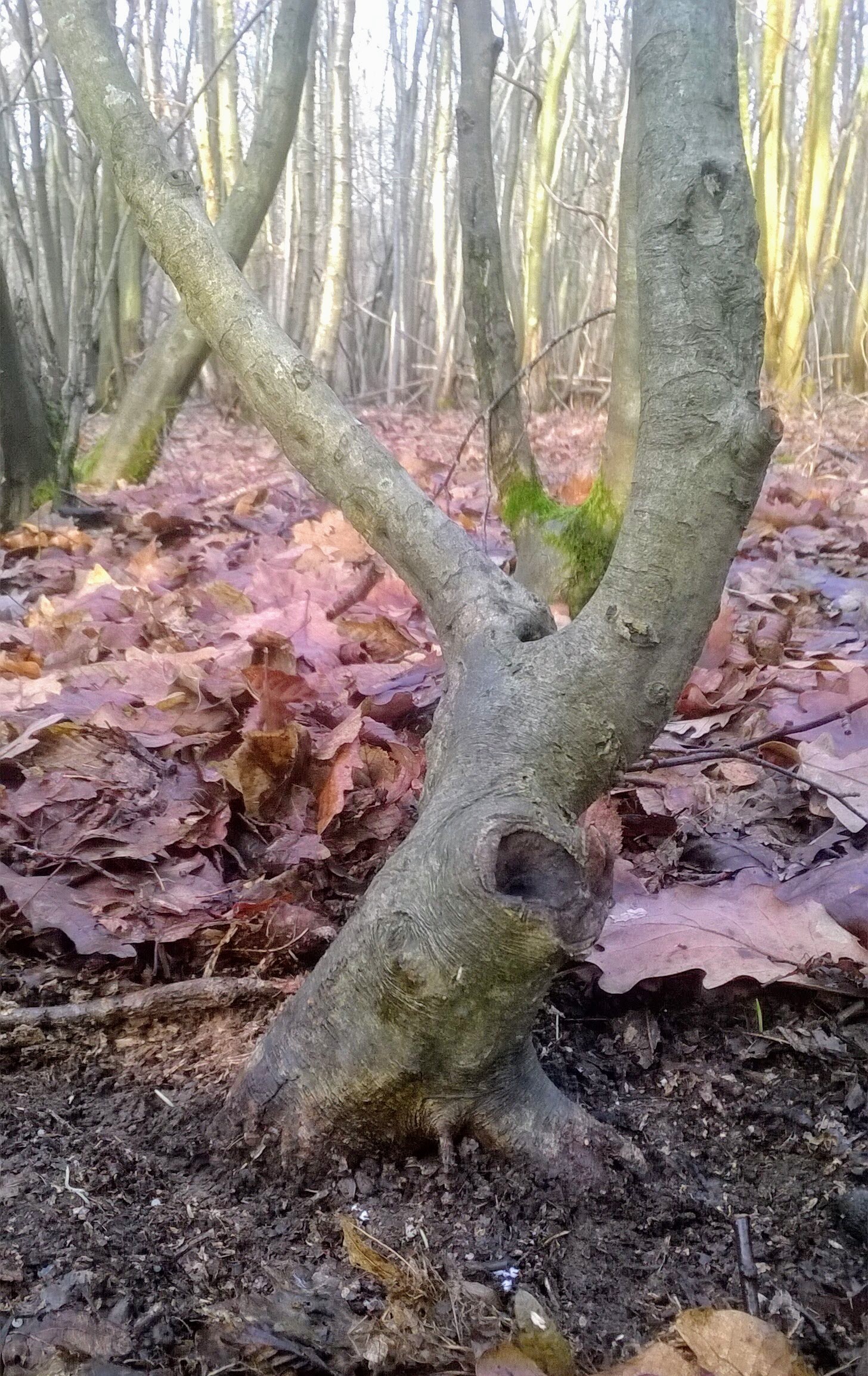
This is a European Hornbeam that I found at the beginning of January this year. It has amazing taper and some interesting hollow features. I assume that someone cut it back years ago as this kind of thing doesn't normally happen on its own. My plan is to dig a trench around it in the spring to encourage feeder roots closer to the trunk and then collect it in the autumn or spring 2020. I'll chop it when I collect it. It wouldn't help to chop it sooner because it would just be weakened and would mean that I'd have to wait a lot longer before collecting it (especially because it's growing in a woodland and would be shaded out).
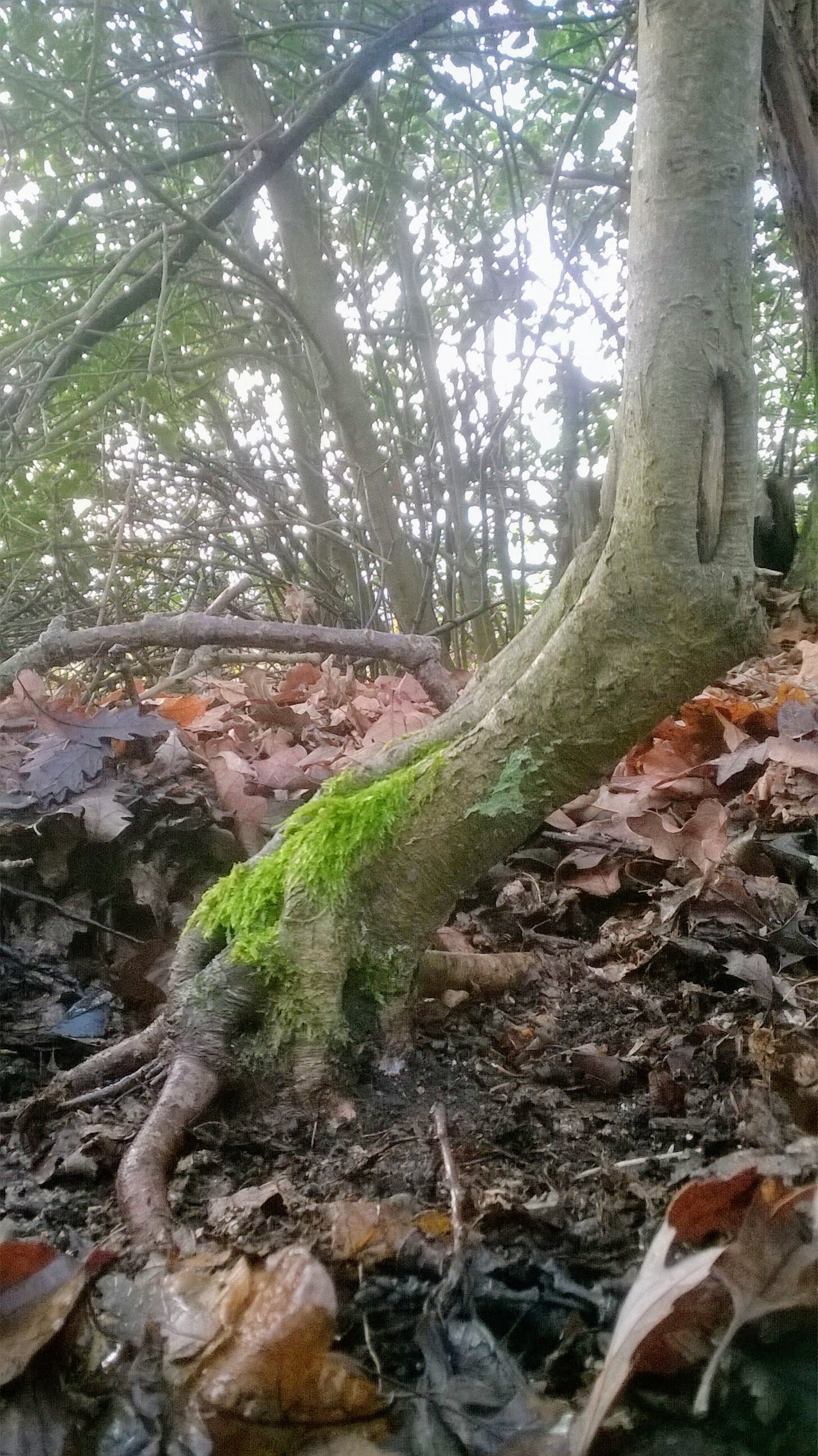
Here's a Hawthorn I found the same day. It has a great root base and movement.
I've had no luck collecting Hawthorn in the past. I think this is because my local soil is heavy clay. This means that there are almost never any feeder roots close enough to the trunk. Some trees such as English Elm or Field Maple will do fine with almost no feeder roots, but not Hawthorn. So now my plan is to trench them and leave them at least a year before collecting. I don't chop them until collection to prevent weakening them.
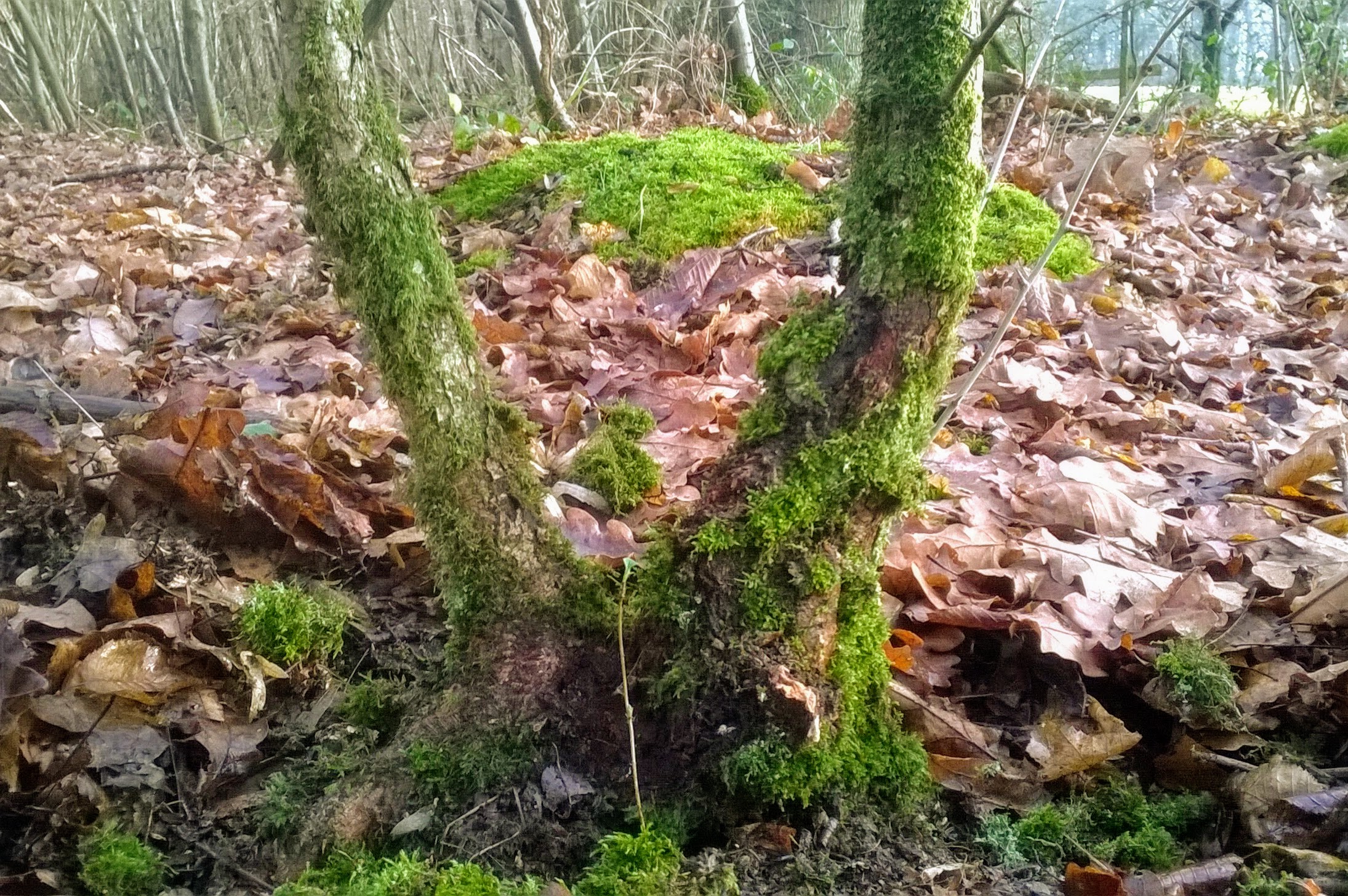
A twin trunk Hawthorn with a great base and taper. I'll trench this one in the spring as well.
Most of these trees don't have low branches, but I'm not too worried about that. If the roots are strong and the tree has plenty of stored energy then it should easily be able to push out new shoots.
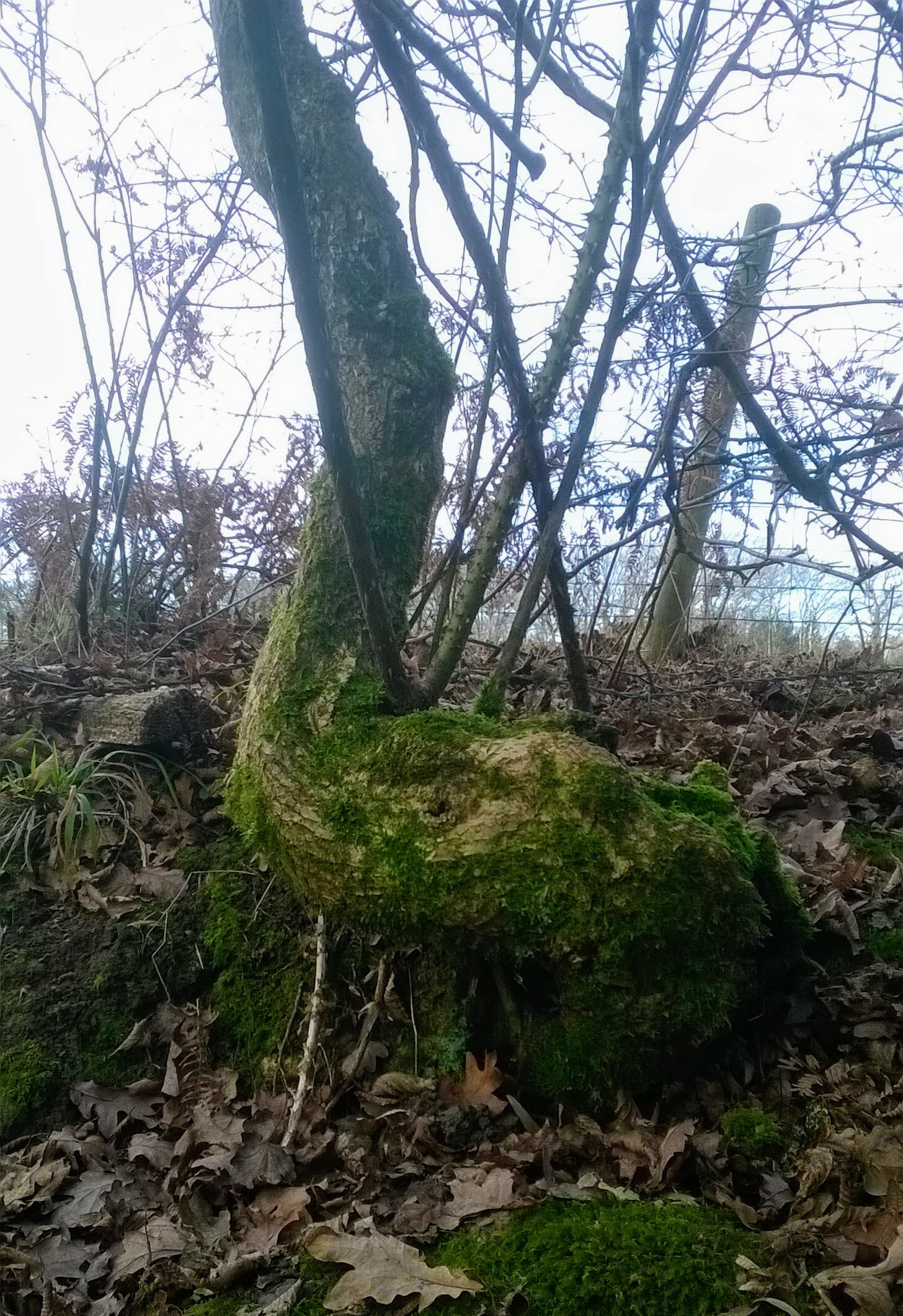
This is my best find ever from a walk I took over Christmas. An amazing field maple. Field Maple are normally fine without any preparation in the ground, but this one deserves some patience, so I'll be cautious and trench it before collecting next year.
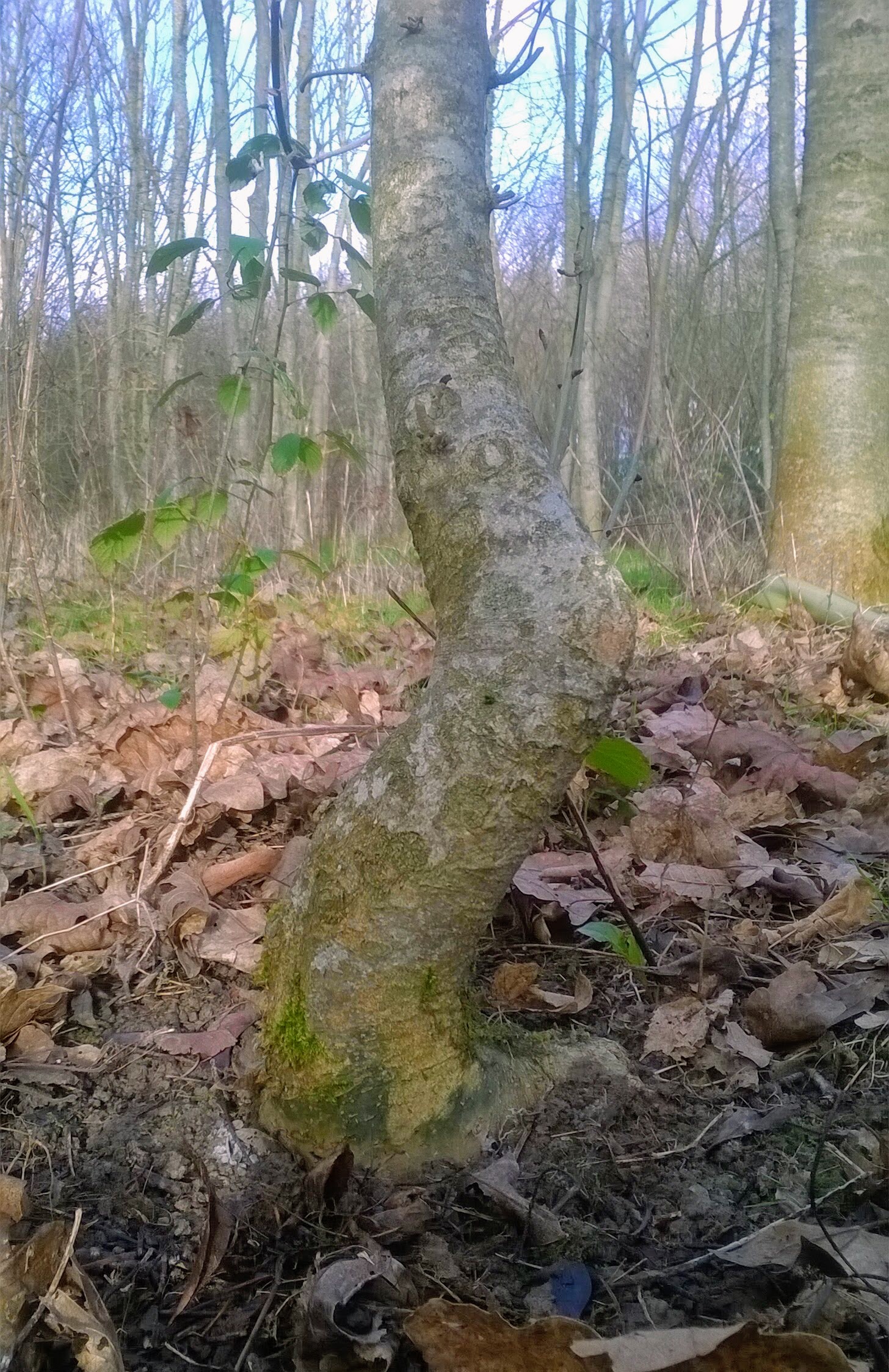
An Ash with some interesting movement and taper. Ash aren't that common for bonsai as they have large compound leaves, but this one is fairly large so I think it could work. Also I don't have one yet. I don't know how easy they are to collect so I'll be cautious and trench it first.

An interesting Beech that looks to have been cut back years ago. Beech are almost as difficult as Hawthorn to collect, so I'll definitely trench this one.
My strategy for tree hunting is basically to look at the edges of woodland. I'm lucky to live in an area with a lot of unspoilt deciduous woodland. There are no mountains around here with weathered trees at high altitude, but good trees can be found where deer have been grazing or next to old footpaths that have been cut back at some point. Having said that, I almost never find anything. The trees you see here are the result of 2 years of searching at the weekend and holidays. 90% of the time I'll find nothing, but it's always enjoyable and good exercise.
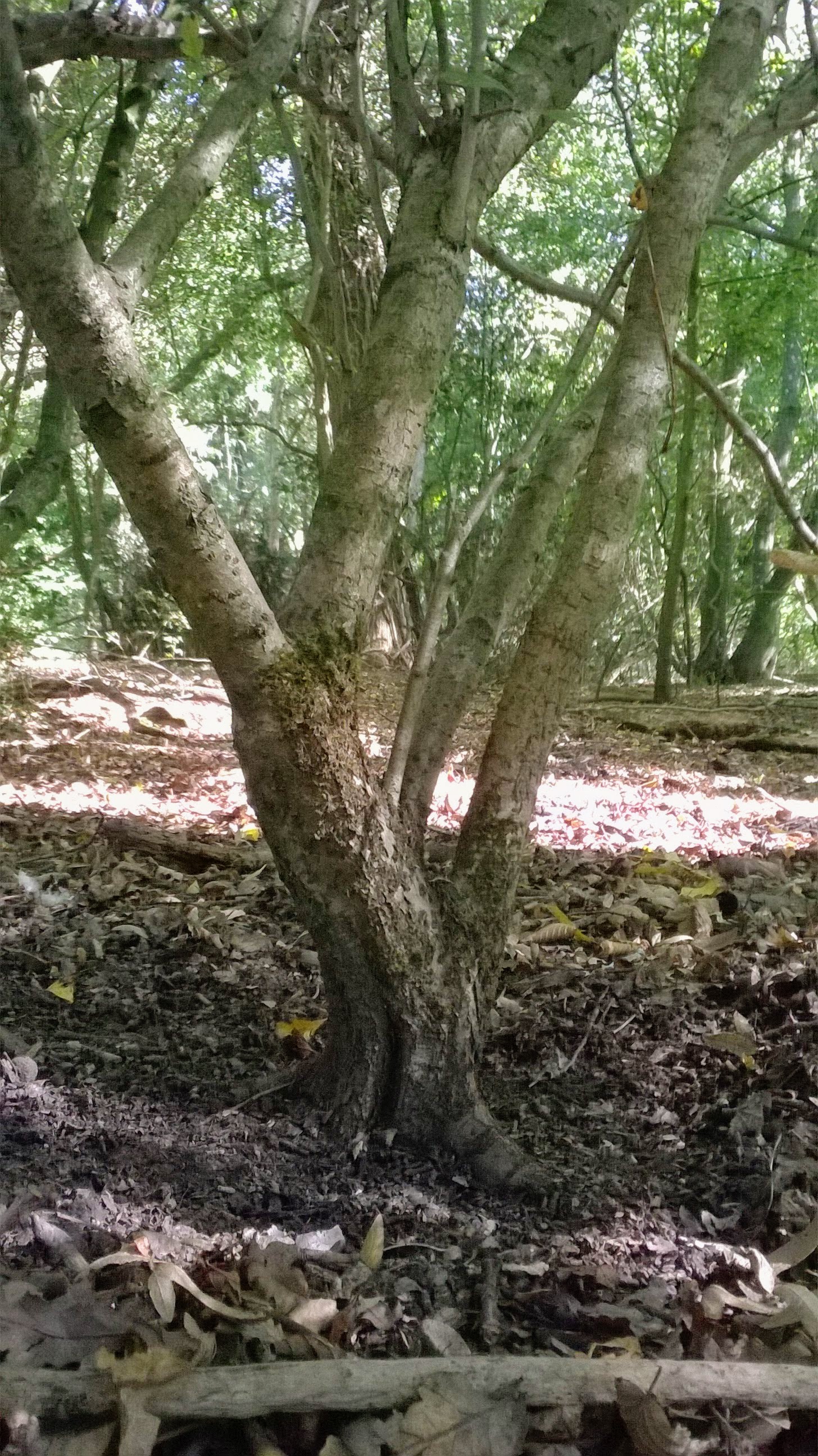
A Hawthorn. I already trenched this one last Autumn. It's growing in a boggy area that gets waterlogged in winter, so I think it will have better feeder roots than most other trees around here. I intend to collect it this spring.
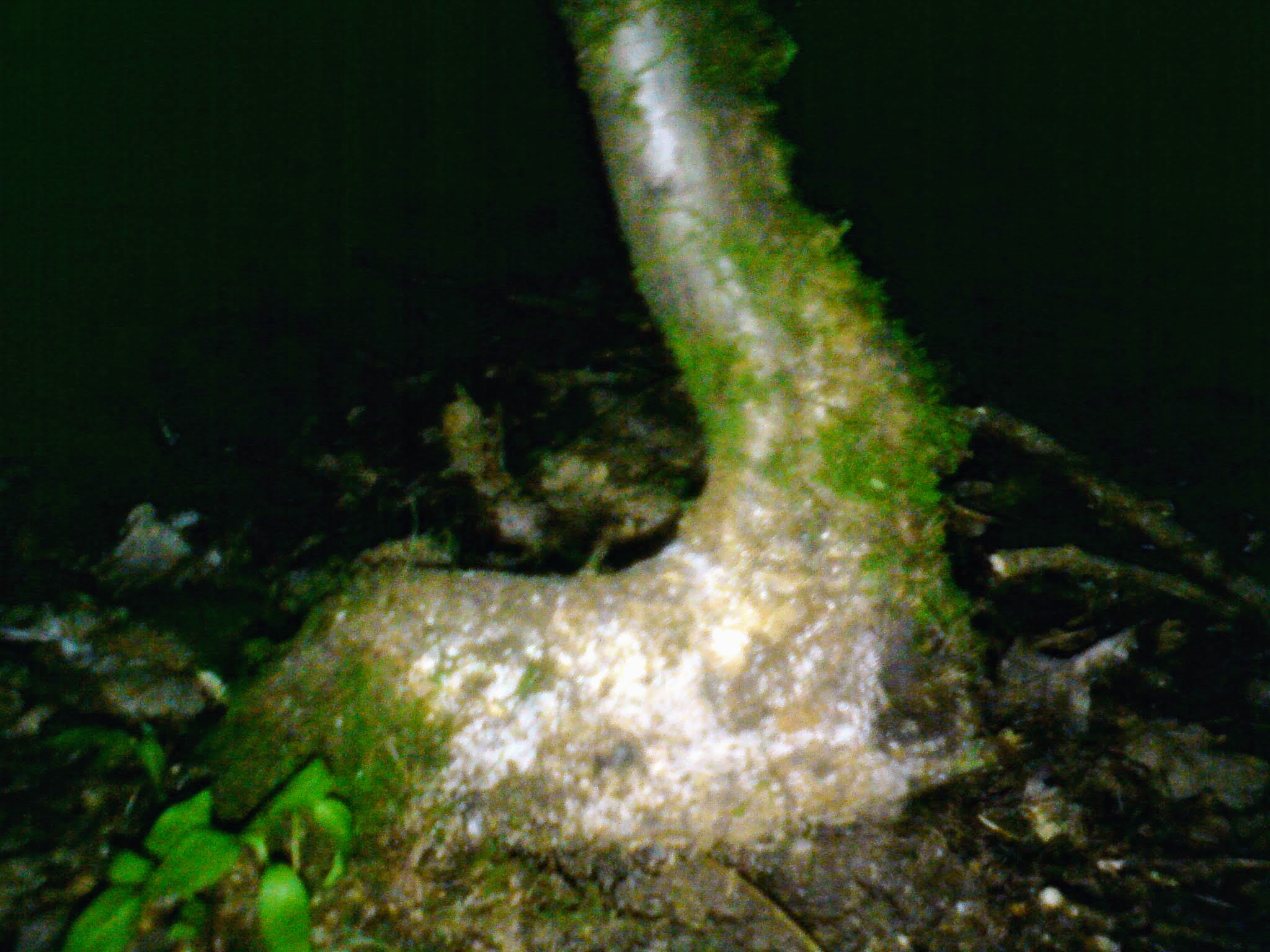
A Hornbeam with good taper and movement. This one has also been trenched already. I plan to collect it next Autumn. Autumn is often the best time to collect wild trees, as long as you have somewhere to keep them away from frosts over winter. I plan to invest in a heat bed to help my collected trees as well.
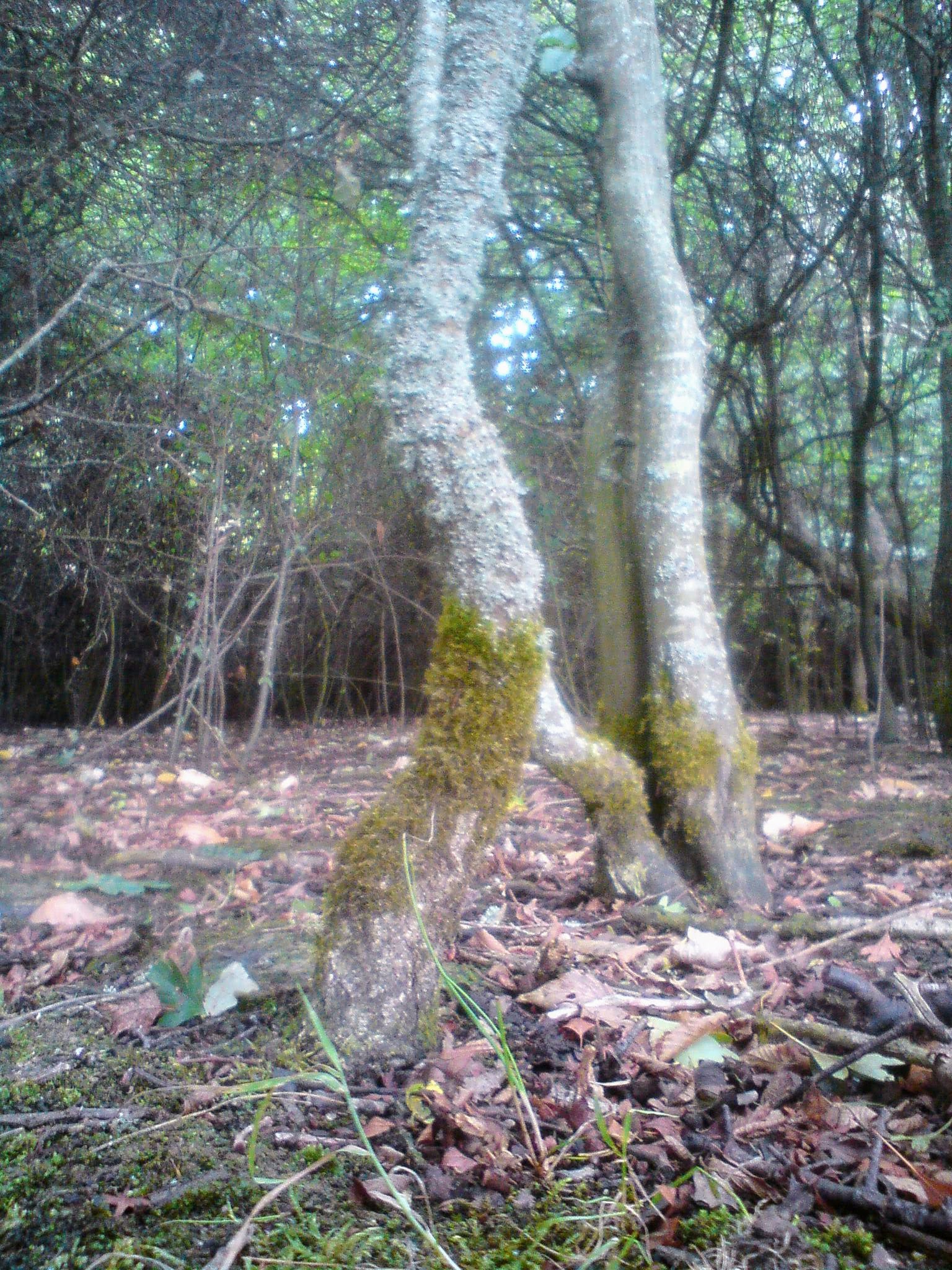
This is an English Oak with interesting movement and mature bark. I visualise it as a literati style. I've already trenched this one and plan to collect it in Autumn. I'll check all my trenched trees over summer to see how they're doing. Any sign of weakness and I'll leave them longer in the ground.
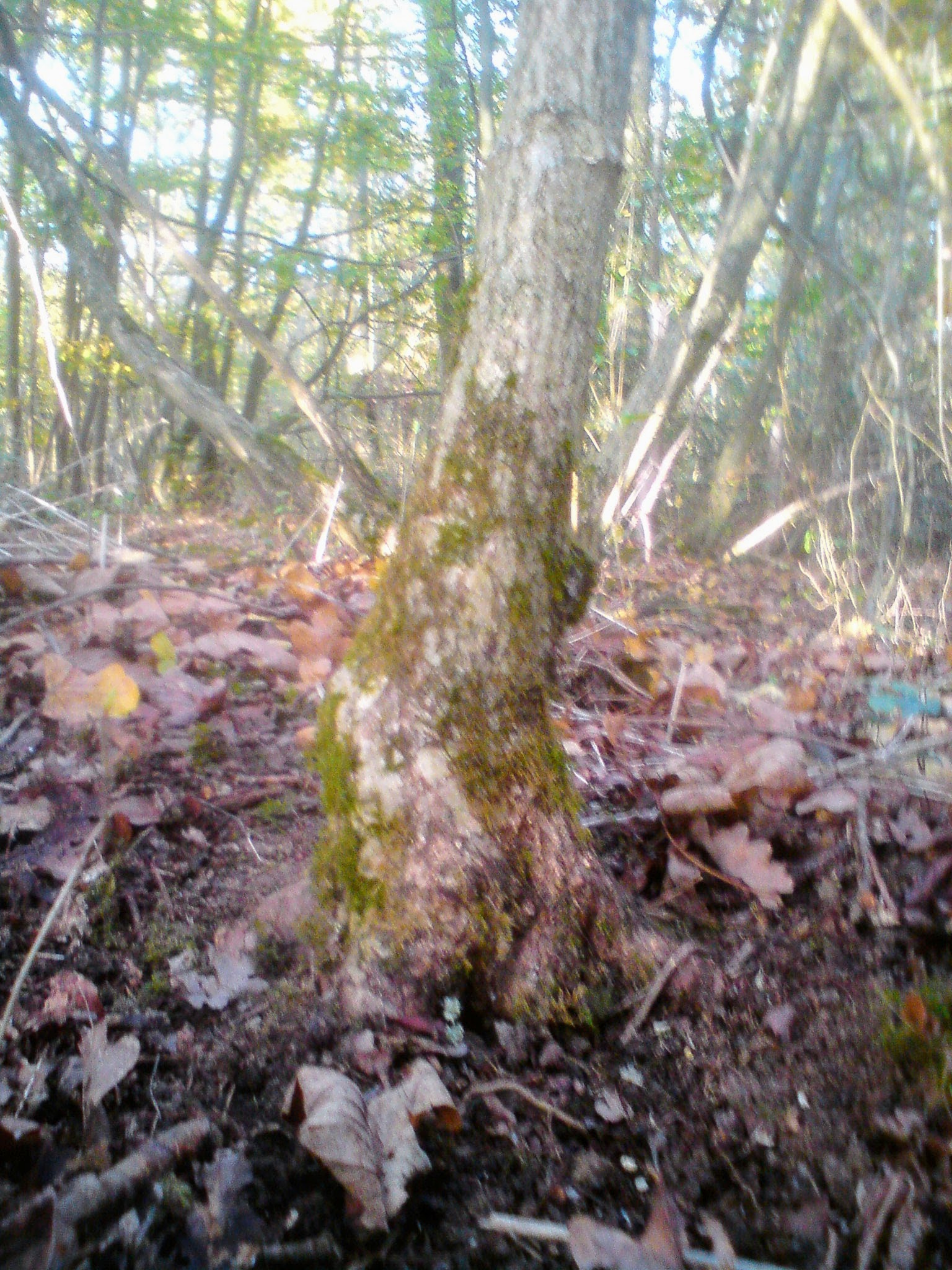
I trenched this Field Maple last spring and will collect it this spring. It's quite large and has an amazing root base. I plan to chop with a V cut and develop it into a broom style.
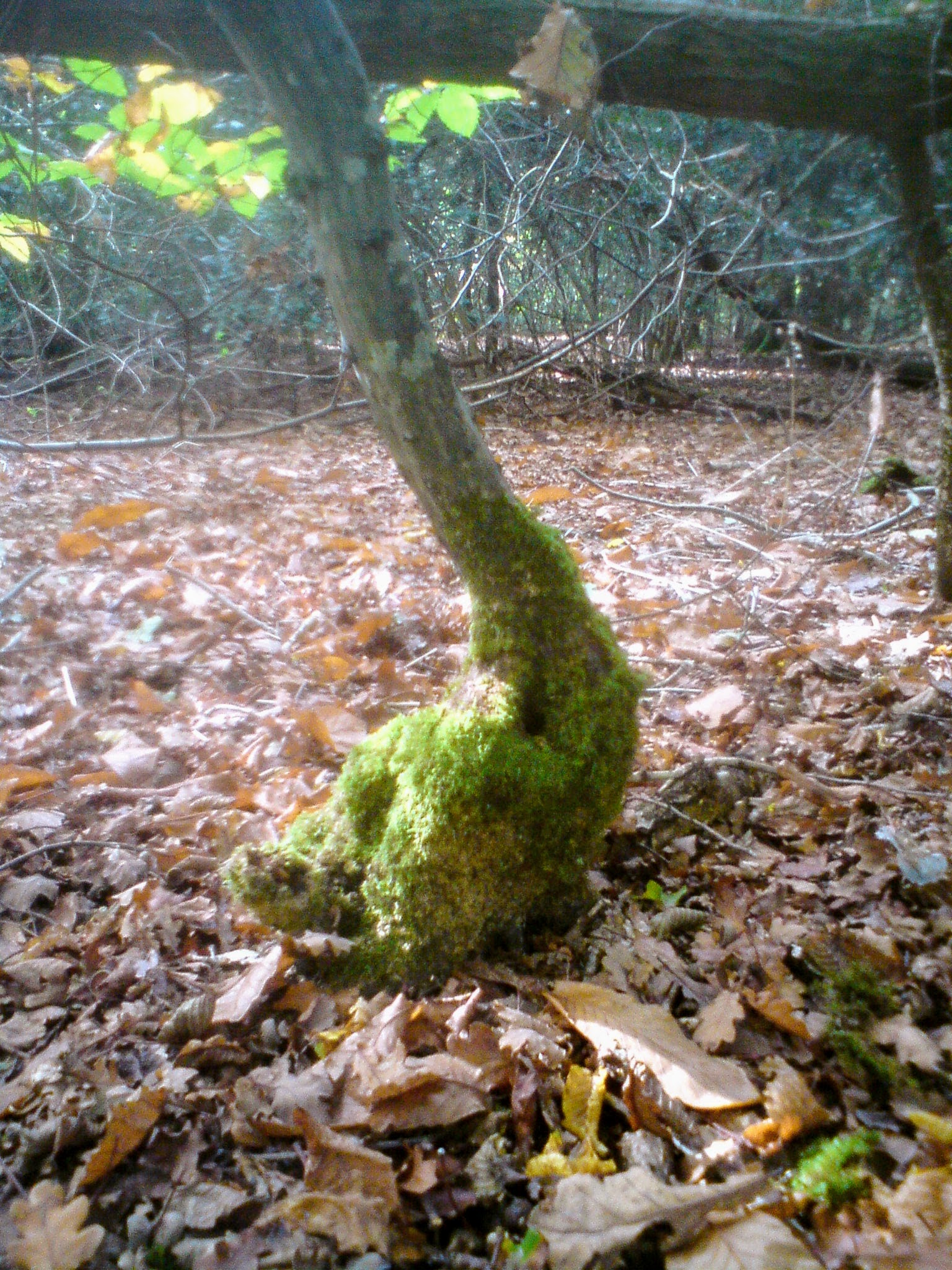
A also trenched this large Hornbeam last spring. It was doing fine when I checked it over summer, so it should have some good feeder roots by now. I think this could be a very powerful tree but will take years to develop a new crown. I'll remove the moss after I've collected it - I don't think it's doing it much harm at the moment.
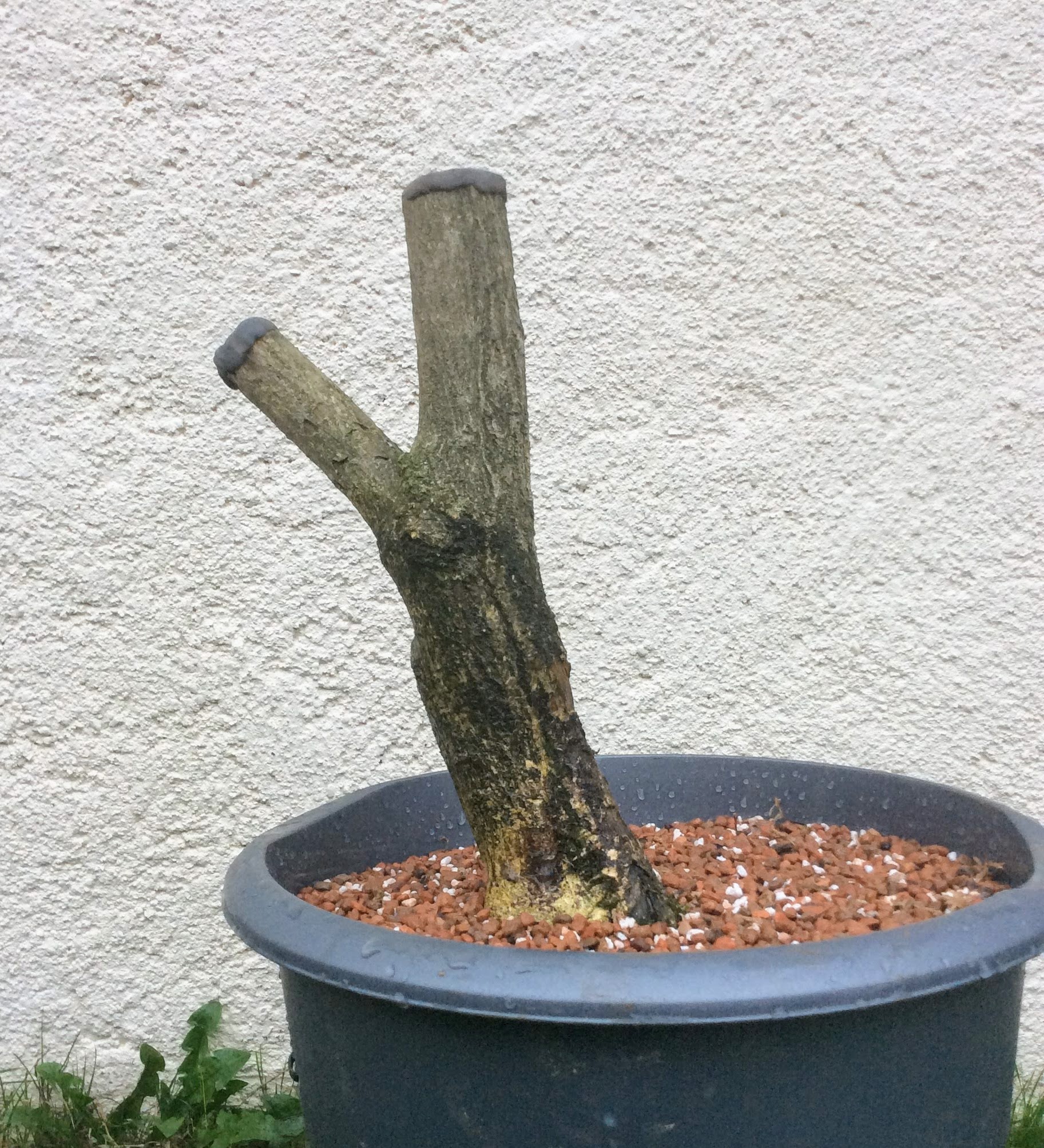
Finally, this is the first tree that I've collected this year. It's a European Spindle. In my experience these trees always have fine feeder roots no matter what soil they're growing in so I risked collecting it early without preparing it in the ground. Most spindle grow with very untapered trunks and no low branches, so it's unusual to find one like this.
That's a washing up bowl I'm growing it in (with holes drilled in the bottom). I'm using large particle cat litter (sanicat pink from Pets at Home) mixed with some perlite and composted bark. All the components are sieved to remove fines. This year I'll also be trying out large grain Pumice.

This is a European Hornbeam that I found at the beginning of January this year. It has amazing taper and some interesting hollow features. I assume that someone cut it back years ago as this kind of thing doesn't normally happen on its own. My plan is to dig a trench around it in the spring to encourage feeder roots closer to the trunk and then collect it in the autumn or spring 2020. I'll chop it when I collect it. It wouldn't help to chop it sooner because it would just be weakened and would mean that I'd have to wait a lot longer before collecting it (especially because it's growing in a woodland and would be shaded out).

Here's a Hawthorn I found the same day. It has a great root base and movement.
I've had no luck collecting Hawthorn in the past. I think this is because my local soil is heavy clay. This means that there are almost never any feeder roots close enough to the trunk. Some trees such as English Elm or Field Maple will do fine with almost no feeder roots, but not Hawthorn. So now my plan is to trench them and leave them at least a year before collecting. I don't chop them until collection to prevent weakening them.

A twin trunk Hawthorn with a great base and taper. I'll trench this one in the spring as well.
Most of these trees don't have low branches, but I'm not too worried about that. If the roots are strong and the tree has plenty of stored energy then it should easily be able to push out new shoots.

This is my best find ever from a walk I took over Christmas. An amazing field maple. Field Maple are normally fine without any preparation in the ground, but this one deserves some patience, so I'll be cautious and trench it before collecting next year.

An Ash with some interesting movement and taper. Ash aren't that common for bonsai as they have large compound leaves, but this one is fairly large so I think it could work. Also I don't have one yet. I don't know how easy they are to collect so I'll be cautious and trench it first.

An interesting Beech that looks to have been cut back years ago. Beech are almost as difficult as Hawthorn to collect, so I'll definitely trench this one.
My strategy for tree hunting is basically to look at the edges of woodland. I'm lucky to live in an area with a lot of unspoilt deciduous woodland. There are no mountains around here with weathered trees at high altitude, but good trees can be found where deer have been grazing or next to old footpaths that have been cut back at some point. Having said that, I almost never find anything. The trees you see here are the result of 2 years of searching at the weekend and holidays. 90% of the time I'll find nothing, but it's always enjoyable and good exercise.

A Hawthorn. I already trenched this one last Autumn. It's growing in a boggy area that gets waterlogged in winter, so I think it will have better feeder roots than most other trees around here. I intend to collect it this spring.

A Hornbeam with good taper and movement. This one has also been trenched already. I plan to collect it next Autumn. Autumn is often the best time to collect wild trees, as long as you have somewhere to keep them away from frosts over winter. I plan to invest in a heat bed to help my collected trees as well.

This is an English Oak with interesting movement and mature bark. I visualise it as a literati style. I've already trenched this one and plan to collect it in Autumn. I'll check all my trenched trees over summer to see how they're doing. Any sign of weakness and I'll leave them longer in the ground.

I trenched this Field Maple last spring and will collect it this spring. It's quite large and has an amazing root base. I plan to chop with a V cut and develop it into a broom style.

A also trenched this large Hornbeam last spring. It was doing fine when I checked it over summer, so it should have some good feeder roots by now. I think this could be a very powerful tree but will take years to develop a new crown. I'll remove the moss after I've collected it - I don't think it's doing it much harm at the moment.

Finally, this is the first tree that I've collected this year. It's a European Spindle. In my experience these trees always have fine feeder roots no matter what soil they're growing in so I risked collecting it early without preparing it in the ground. Most spindle grow with very untapered trunks and no low branches, so it's unusual to find one like this.
That's a washing up bowl I'm growing it in (with holes drilled in the bottom). I'm using large particle cat litter (sanicat pink from Pets at Home) mixed with some perlite and composted bark. All the components are sieved to remove fines. This year I'll also be trying out large grain Pumice.
